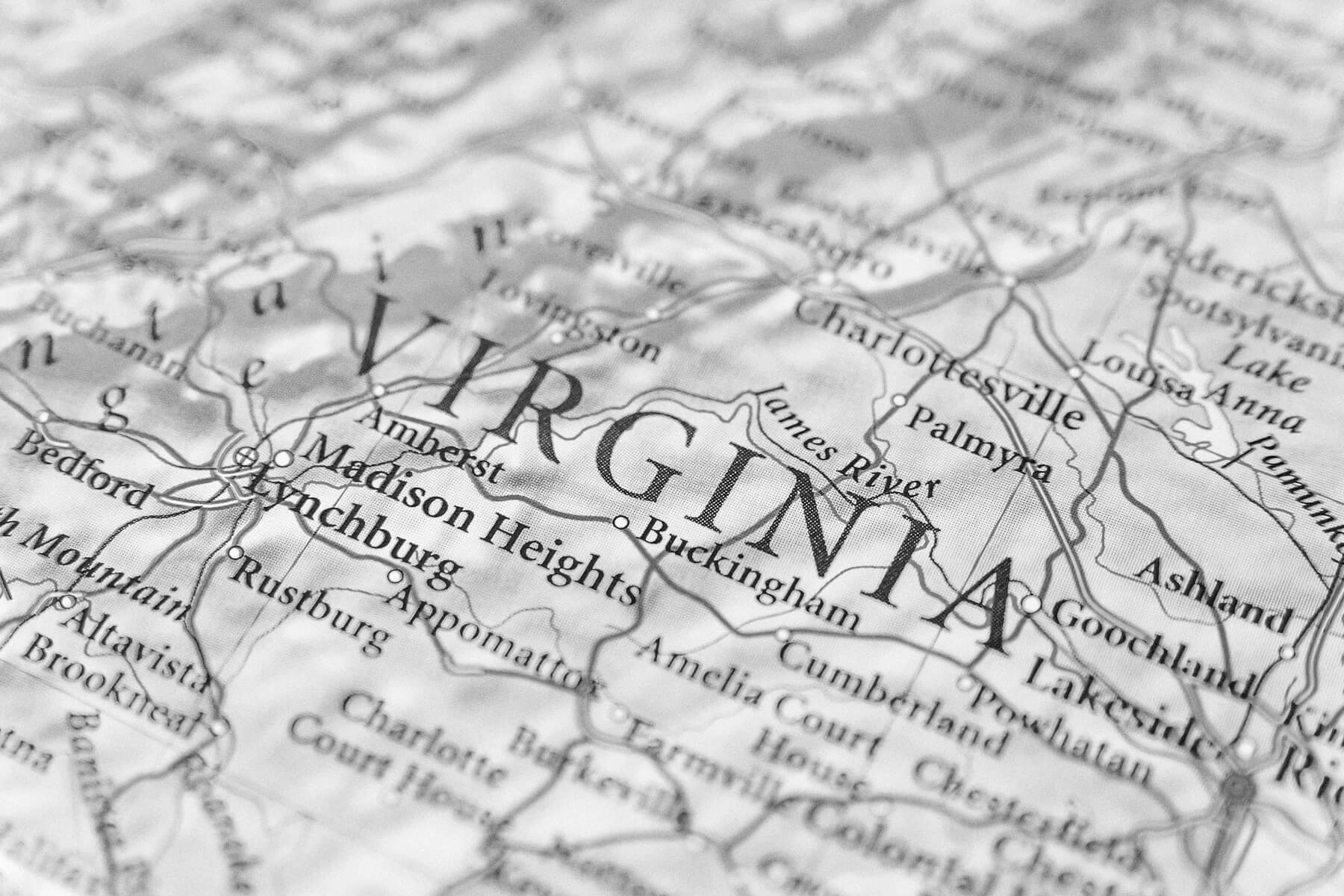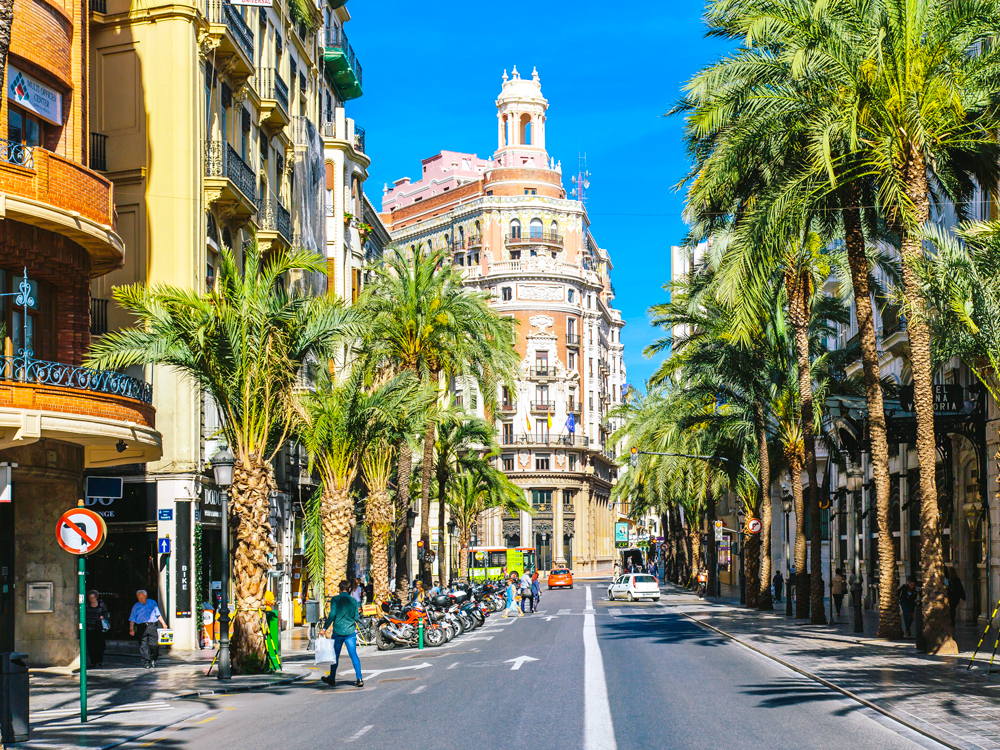8 Eye-Opening Facts About Sign Language
Original photo by Pixel-Shot/ Shutterstock

The human impulse for interaction by way of signals and gestures is a basic one; some scientists even believe that visual languages predate spoken ones. But if the simplicity of gesturing enables us to connect with a toddler, then it may be another basic impulse — creating art — that explains how we progressed from pointing and smiling to the wondrous intricacies of sign language. Read on to learn more about the evolution of this highly stylized and expressive form of communication, and how it continues to make its presence felt in the world today.

There Are More Than 300 Different Sign Languages Across the World
As distinct languages with their own grammatical rules and evolving lexicon, sign languages exist mostly independently of the spoken dialects in the same territories. In other words, American Sign Language (ASL) is considered its own language independent of American English, and people who use ASL, British Sign Language (BSL), and Australia’s Auslan sign language are often unable to understand each other the way the speaking residents of their countries can. Altogether, there are more than 300 sign languages used by approximately 72 million deaf or hard of hearing people around the world. There’s also International Sign, which is used to bridge communication gaps at global events such as the World Congress of the World Federation of the Deaf and the Deaflympics, but it lacks the complexities of a true language.

Medieval European Monks Developed Their Own Sign Languages
Beginning around the eighth century CE, European monastic orders developed their own sign languages to help abide by the Benedictine rule of maintaining silence away from prayer exercises. St. Bede was the first to develop manual signs to represent the alphabet, while Anglo-Saxon monks circa 11th-century England had a list of 127 signals referring to regularly used items such as books, food, clothing, and tools. Following centuries of effective monastic communication, Spanish Benedictine monk Pedro Ponce de León is credited with creating the first school for the deaf, in the 16th century.

American Sign Language Emerged in the Early 19th Century
After taking an interest in the well-being of a young, deaf neighbor in Connecticut, seminary graduate Thomas Hopkins Gallaudet traveled to Europe in 1815 to learn more about educational methodology for this overlooked section of the population. He spent about four months studying French Sign Language (FSL) at the Parisian school for the deaf, after which he convinced one of its teachers, Lauren Clerc, to return with him to Connecticut. Together, they opened the American Asylum for the Deaf and Dumb in Hartford in 1817, and FSL merged with the signs its students brought to the classroom to become the basis of American Sign Language.

Speech Supporters Attempted to Stamp Out ASL
By the late 19th century, a philosophical divide regarding the means for properly educating deaf students had emerged. “Oralists,” led by inventor and elocutionist Alexander Graham Bell, championed the teaching of speech and lip-reading exercises, and sought to do away with the “manualists” who advocated for signing. By the early 20th century, the oralists had largely succeeded in the United States; most non-hearing teachers were fired, and students who were caught signing on school grounds could face punishment. Regardless, ASL maintained its relevance within the Deaf community, and eventually returned to classrooms following a more thorough reexamination of its benefits in the 1960s.

Body Language Plays a Key Role in ASL
ASL students will of course attempt to memorize the manual alphabet and as many of the approximately 10,000 signs as possible, but there’s far more to mastering the language than replicating gestures. Some signs can be either a verb or a noun, depending on the size of the gesture and whether or not it’s repeated. Additionally, the speed and direction of the delivery can alter the meaning of a sentence. And when it comes to expressing emotion, the eyes, mouth, and body movements go a long way toward making sure the point is received.

Chimpanzees and Gorillas Have Learned to Communicate With Sign Language
Around the time that ASL was again being recognized by educators in the 1960s, researchers realized they could use sign language to communicate with certain primates. The first was Washoe, an African-born chimpanzee who learned approximately 250 signs and even taught many of them to an adopted son. She was followed by Koko, a western lowland gorilla who learned more than 1,000 signs and allegedly responded to a sizable number of spoken English words as well. However, the question of just how much these animals “understood” ASL is a source of debate, with critics contending that Koko learned to use certain signs simply because she was rewarded for doing so — and while she mastered the use of individual signs, she was not actually fluent in the language.

American Businesses Must Provide an ASL Interpreter if Requested
Deaf and hard of hearing individuals gained an extra measure of consumer protection with the passage of the 1990 Americans With Disabilities Act, which mandates the provision of “auxiliary aids and services” by government operations and businesses. This means that anyone in need of an ASL interpreter at a doctor’s office, restaurant, retail store, theater, hotel, museum, or library is legally entitled to one, at no personal cost, if effective communication for the service cannot otherwise be maintained. The law also specifies that a friend or family member is generally not considered an appropriate interpreter, unless an emergency requires it or the person using ASL requests it (and their friend or family member agrees).

ASL Performers Can Be the Star of the Show
As exemplified by Justina Miles’ performance during pregame and halftime festivities of the 2023 Super Bowl, ASL interpreters have made a splash at high-profile concerts and sporting events in recent years. These star-making turns are orchestrated by experienced performers like Amber Galloway-Gallego, who runs her own agency dedicated to these interpreters. With the focus always on the hard of hearing fans who rely on the service, Galloway-Gallego tries to select the most appropriate signer for a show — i.e., a fan of the artist’s music — and encourages the interpreter to remain true to the lyrics, no matter how explicit. Performers can take up to two weeks to prepare for a concert, the effort often yielding some impressive results.

Tim Ott has written for sites including Biography.com, History.com, and MLB.com, and is known to delude himself into thinking he can craft a marketable screenplay.
top picks from the optimism network
Interesting Facts is part of Optimism, which publishes content that uplifts, informs, and inspires.


















































































